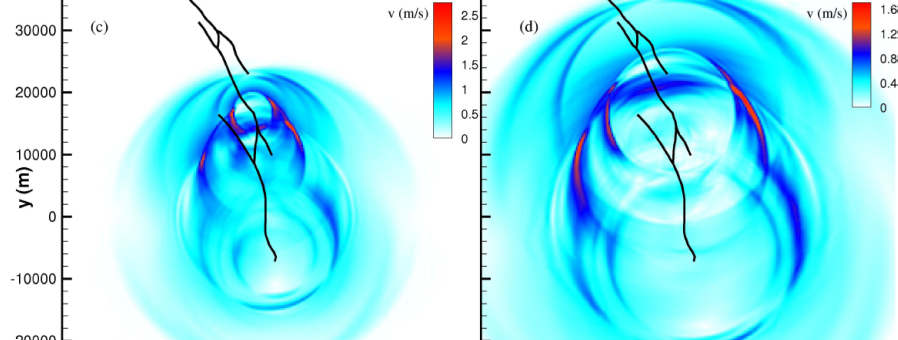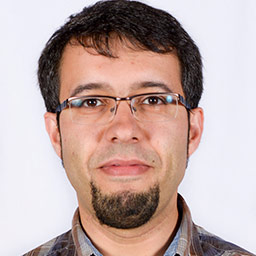
Earthquakes can be simulated in supercomputers to study their physical behavior as well as the outcome of the tremendous energy that they release. Such simulations cover from the fine scale of the sliding fault to the regional context which might be hundreds of kilometers away.
Summary
Large earthquakes occur when two neighboring tectonic plates sustain deformation at a fault for years and then, suddenly, the fault slips releasing tremendous amounts of energy in a matter of few seconds. Earthquakes are as deadly as they are unpredictable. Nevertheless, computer simulations allow us to simulate the impact that a hypothetical earthquake could have and thus complement other resilience measures. Furthermore, the mechanism of fault rupture and slip is still poorly known. Supercomputers are the ultimate laboratories to asses earthquake dynamics at the massively large spatial and energetic scales of real seismic events.
Objectives
- Develop large 3D earthquake simulation codes and verify their accuracy against well-known benchmarks and scenarios.
- Use stochastic modelling to infer emerging properties in earthquake spatio-temporal series
- Complement the results of earthquake simulations (physical) with risk and hazard assessment studies (stochastic).
- Work towards connecting supercomputer simulations of earthquakes and actual disaster relief measures.

